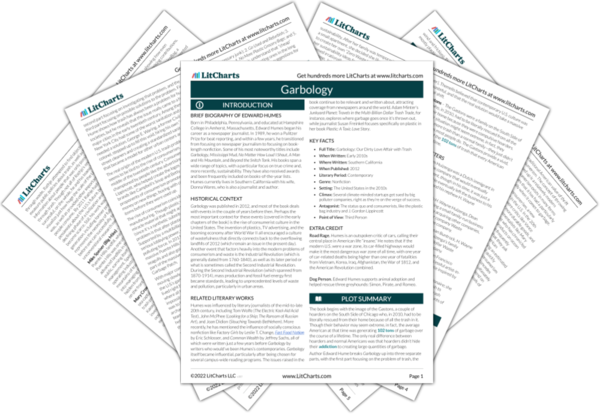In 2011
Niki Ulehla was the artist-in-residence at a San Francisco garbage dump, working on trash to create scenes from Dante’s
Inferno. The artist program at the dump, run by
Deborah Munk, started in 1990 as a novelty but quickly became popular and was widely copied. The timing ended up being perfect, since the year before, California had passed a law mandating that local governments divert half of their waste from landfills. This led to increased popularity in the idea of recycling, which the artist-in-residence programs helped promote.
